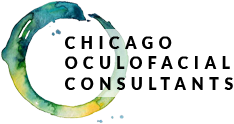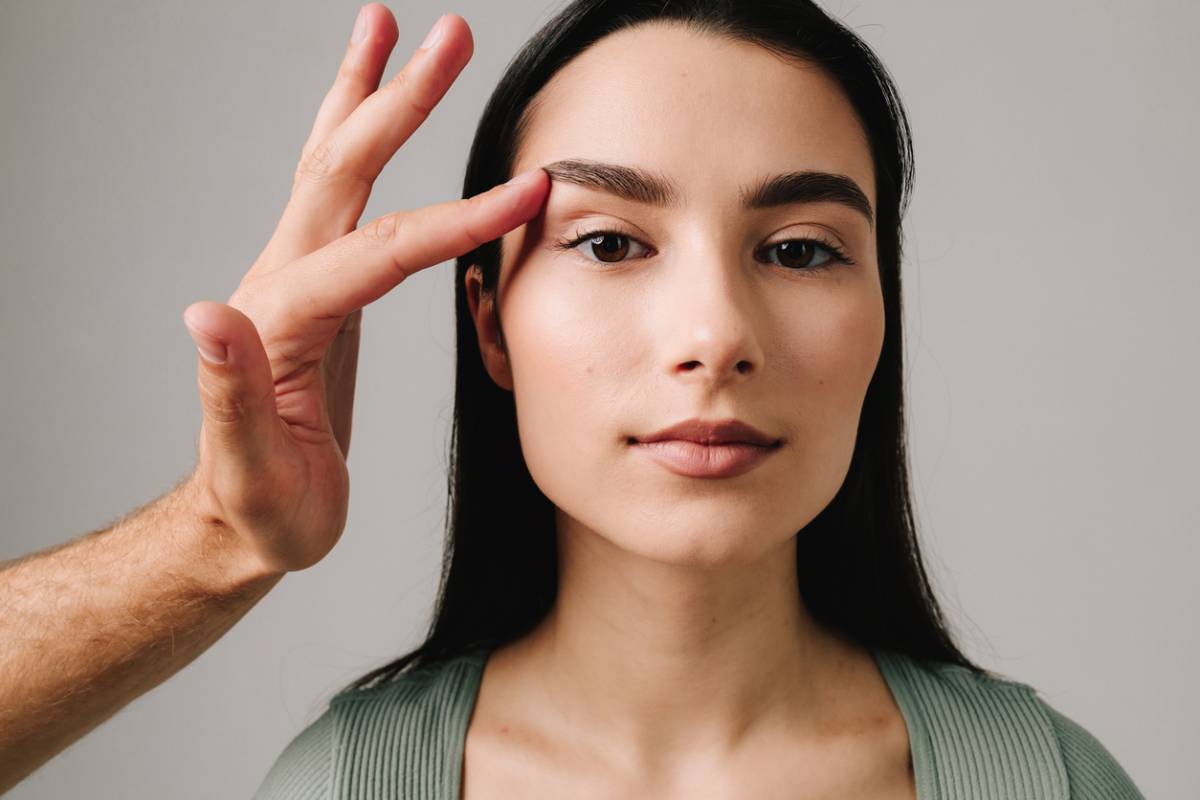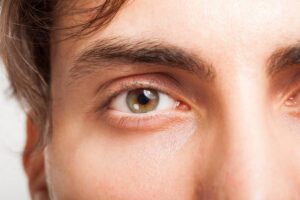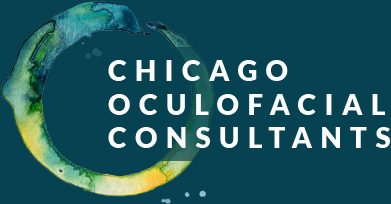Blepharoplasty, or eyelid surgery, is a popular cosmetic procedure for enhancing the appearance of the eyes. While the results may be transformative, the recovery process is vital in ensuring the best possible outcomes. We have compiled a list of effective eyelid surgery recovery tips to help ease the healing process. By following these tips, you can set yourself up for a more comfortable healing with optimal results.
First and foremost, you must follow your surgeon’s personalized post-operative instructions carefully. None of the tips we provide you should be used as a replacement for any instructions provided by your medical professional team. During upper blepharoplasty recovery, it is also crucial that you keep any follow-up appointments to monitor your progress and address any issues that may arise. The recovery process plays a significant role in determining the overall result and contributing to your satisfaction.
Eyelid Surgery Recovery Tips
What to Expect Post-Op
Subsequent to your upper blepharoplasty, your eyelids are likely to feel tight, sore, watery, dry, sticky, itchy, or sensitive to light. While your doctor will send you home with medication for pain, keeping your eyelids clean and avoiding rubbing will aid with discomfort as well. You can talk to your doctor about acceptable medications to take for pain management.
The full recovery process can take anywhere from 1–3 months, with most patients feeling ready to rejoin the public in approximately 10 to 14 days. As with any operation, bruising and swelling are normal. With eyelid surgery, you may experience swelling and bruising anywhere from 1–3 weeks following your procedure. Don’t let that discourage you, as 1–3 weeks of swelling and bruising is a small price to pay for renewed confidence.
Helpful Tips
- Sleep: Your body heals best when asleep. This holds true for eyelid surgery, too. Get as much rest as possible following your procedure.
- Elevate your head: The reason for the swelling makes little difference, whether a sprained ankle, twisted wrist, or eyelid surgery. If there is swelling, elevation is always a good idea. Sleeping with two or three pillows to elevate your head will help reduce the post-op swelling.
- Cold compress: Like with elevation, a cold compress is a common home remedy to reduce bruising, swelling, and puffiness.
- Limit activities that are strenuous on the eyes: Things like reading, computers, cell phone screens, and TV can strain your eyes following your operation. Limiting the amount of time you spend engaging in these activities for the first few days will go a long way in the healing process.
- No contacts for two weeks: Avoid wearing contact lenses immediately preceding the procedure and for the following 2 weeks.
- Avoid applying pressure for two weeks: Your eyes will likely feel sore and uncomfortable. Avoid rubbing or applying any form of pressure, as this can exacerbate the symptoms.
- Sunglasses: For the first year after surgery, your eyes will adjust to the loss of that excess skin. During this time, we advise wearing sunglasses outdoors.
Medication
Your doctor will instruct you on all relevant medications and provide instructions before and after surgery. You must inform your oculofacial plastic surgeon of all medications you take. You may need to discontinue some medications until after your procedure. Your surgeon will be your best resource for understanding the red tape for medication. If you are prescribed any medication, be sure to take them only as instructed. If you have any questions, call your surgeon’s office. They can answer any questions you may have.
Promoting Healing
You may have stumbled upon this article searching for immediate tips to aid in your recovery. However, to get the most out of the healing process, implement a health-conscious lifestyle plan complete. Areas of focus include:
- A balanced diet
- Maintaining hydration
- Plenty of rest
Your eyes will be grateful you took the extra care.
For improving scars, follow your surgeon’s instructions on scar care products and techniques to minimize their appearance over time.
There you have it, your guide for a smooth recovery following eyelid surgery. Keep in mind that none of the advice given in this article is meant to replace any instructions provided by your care team. Be patient, follow your doctor’s instructions, and you’ll be flaunting those rejuvenated orbs with more confidence than ever.
References:
Healthwise Staff. (2023). Your Recovery.



